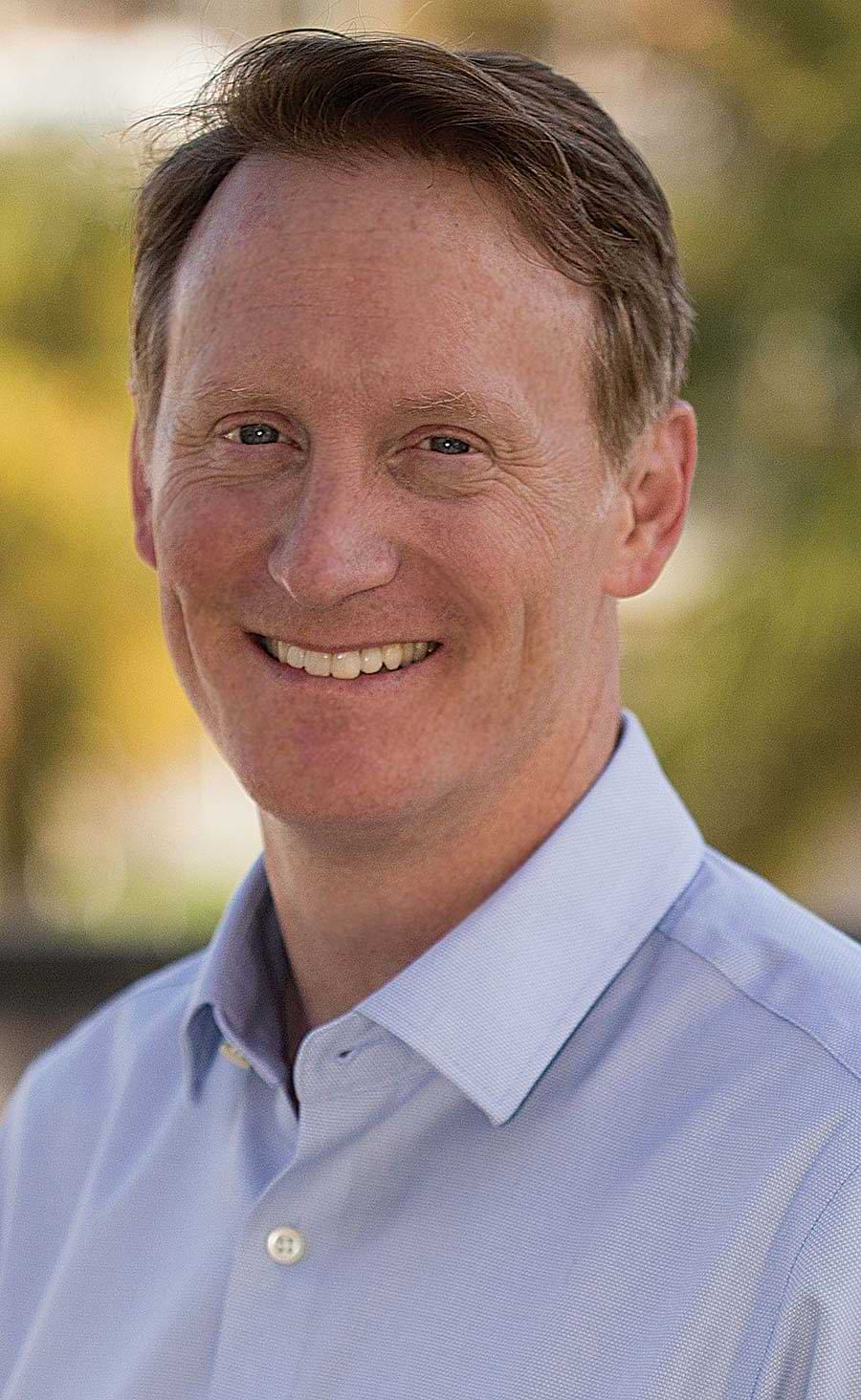On AI, Shipwrecks and the Search for 3 Layers
I’m not one to harp on the supposed deficiencies of higher education. The reasons why not to are numerous, but foremost is the disconnect between what industry often wants from higher ed (I’m including colleges and universities in this mix, although there are certain fundamental differences that distinguish them) and what those institutions are designed to (and not to) do.
Universities and colleges are places to seek knowledge and conduct research. They are (generally) not out to make a buck, although I would point out that “nonprofit” does not equal “for loss.” And they aren’t designed to churn out employees ready-made for the working world. Hands-on training is left to those who know exactly what the job entails. Schools are too far from the center to keep up with changing industry needs.
And it’s to their credit, I think, that they have remained somewhat immune to the wider forces that constantly try to shape their approaches and output. Facts matter, and the aim for dispositive critical inquiry means following the scientific method as envisioned by Aristotle no matter where it leads.
But there are limits. And sometimes the guardrails mean that those inside them are not just protected from outside influence, but to certain degrees ignorant of what’s actually happening on the ground.
So we experienced at a trade show this fall. (I’m not going to name which one, except it wasn’t one of PCEA’s, because the sentiments expressed had nothing to do with the show producers, and frankly, I admire that they encourage academics to share their space.)
A professor at a nationally recognized institute of higher learning made a pitch for industry help to get federal grant funding for a mobile training center intended to bring electronics training to underdeveloped (read: rural) areas. This would involve, he explained, developing and promoting a curriculum covering all facets of circuit board development.
With excitement, I approached him, hoping to offer use of PCEA Training’s Printed Circuit Engineering Professional (CPCD) curriculum. The CPCD content, I felt, could be packaged inside the broader program. Why reinvent the wheel?
I was surprised, then, to find the good professor resistant to my offering. Between his deviations into three-layer boards (seriously) and leaving teaching to the educators (by which he meant high school, not higher ed), I quickly realized making headway was a lost cause. He went so far as to assert that his engineering students were leaving college with sufficient knowledge of circuit theory to teach themselves PCB design and layout. (I’ll let that sink in for a moment.)
Reading between the lines, my guess is he wanted full control (read: ownership) over any content. And he asserted – strongly, I will add – that printed circuit design will be overtaken by AI within “five to seven years.”
On that last point, he’s just wrong. The adoption curves for new technology vary, but in electronics they have always been best described as “cautiously paced.” The downsides of product failure are simply too great to rush headlong into anything. We simulate, validate, inspect, test and simulate again. Our industry has yet to invent a way to short-cut the scientific method.
Or as the French philosopher Paul Virilio said: “When you invent the ship, you also invent the shipwreck; when you invent the plane, you also invent the plane crash; and when you invent electricity, you invent electrocution. Every technology carries its own negativity, which is invented at the same time as technical progress.”
So while AI is very good at scanning data sheets and consolidating reams of manufacturing data points, as of today, AI in electronics design is not even close to being ready for prime time. It simply cannot do what an experienced designer or design engineer can do. And no one I speak with – the users, the developers, other seers – thinks this will change anytime soon. Indeed, it’s hard to see the demand signal, other than the obligatory “What is your AI strategy?” question that kicks off every sales meeting. We need to know where the ship will wreck, and how much damage and cost we will sustain when it does.
Our good professor did offer a few salient points, however. Like any organization, the educational system has its constraints. He noted, for instance, that any program that attempts to worm its way into an educational setting must make a convincing case for replacing something else, because otherwise the bandwidth – in terms of classroom time, educator time and production costs – will not support such changes. He’s right about that, of course.
And he’s also correct in pointing out that while industry asks for engineers and other graduates who can hit the ground running, already knowledgeable and competent in their chosen field, businesses don’t support higher ed with anything close to the amount of funding needed to mold those young minds. Successful ventures work because the financial incentives between supplier and user are aligned. If industry doesn’t underwrite the costs in academia, then industry isn’t seen as academia’s customer.
Getting back to the professor’s dream project, I fully realize any application for grant funding is an uphill climb. I wish him well in his efforts, although given some of his misconceptions, I admit to having a hard time taking him too seriously. Perhaps instead of pontificating about how AI will take over, he might want to check out the real world. Even without the three-layer boards, it’s pretty darn exciting.
P.S. On behalf of PCEA, we wish a safe and happy holiday to all our members, customers, suppliers and colleagues around the world.
Mike Buetow is president of PCEA (pcea.net); mike@pcea.net.



